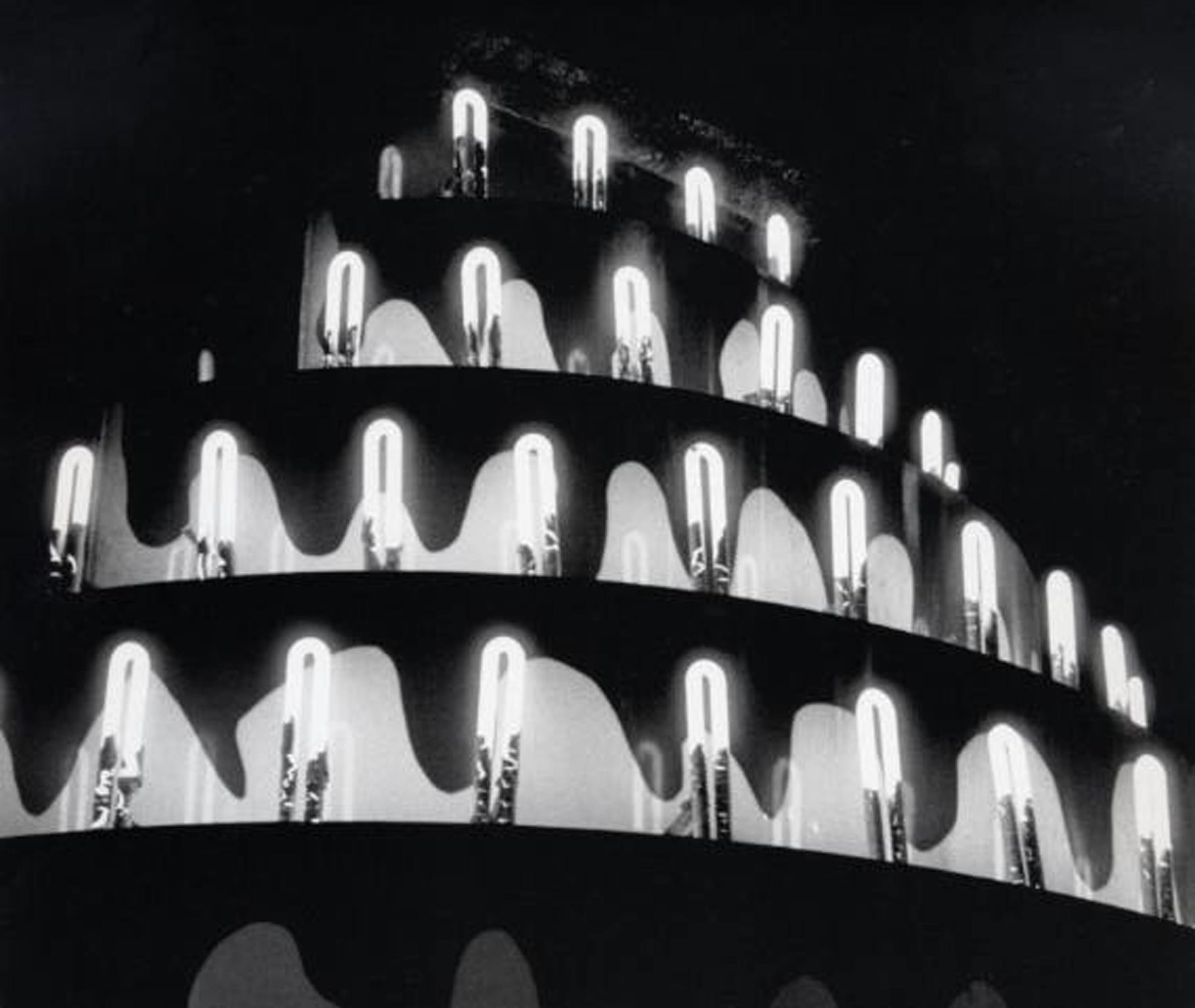
Raffaella Cortese Gallery is proud to announce the first Italian solo exhibition by the the American artist James Welling. The works shown in the Gallery belong to the Light Sources series created by the artist from 1992 onwards and in part presented by Kunstmuseum of Lucerne in 1998. They deal with black and white works of small shapes, in which the artist, using rigorous conceptual and formal vocabulary which characterises the entire body of his work, points his research to the light. Light, an essential element of our view of the world, is at the same time the foundation of practical photography whose origin and nature the artist has been investigating for more than thirty years.
Sometimes with a more analytical approach and other times a more lyrical and descriptive one – even such moments represent inseparable polarities of the artist’s poetry – Welling’s work moves from the observation of the real and the study of potentiality of the photographic medium, to give us back special concepts of pure geometrical forms, or places crossed by strong light/dark tensions.
In Light Sources Welling gathers works whose origin arises from a reflection on the sources of artificial light, and images whose luminous source belong to the domain of nature, like Meriden, in which blinding solar rays filter through the branches of a tree, or Sky, where the obscured template of the sun seems to push to become free from a grey sky. In these works the point of view of the artist with respect to the luminous source is often frontal, as if he intended to assimilate his own view to the condition of the photographic film. It follows that the light which is placed on the film like a blinding ray on the retina, disintegrates the forms of the real, transforming them into black immaterial membranes. From the perception of the represented object to the recognition of their transfiguration, a phase of suspension exists in Welling’s works, in which the observer is called and becomes an integral part of the creative process through his own associations.
Installation views
